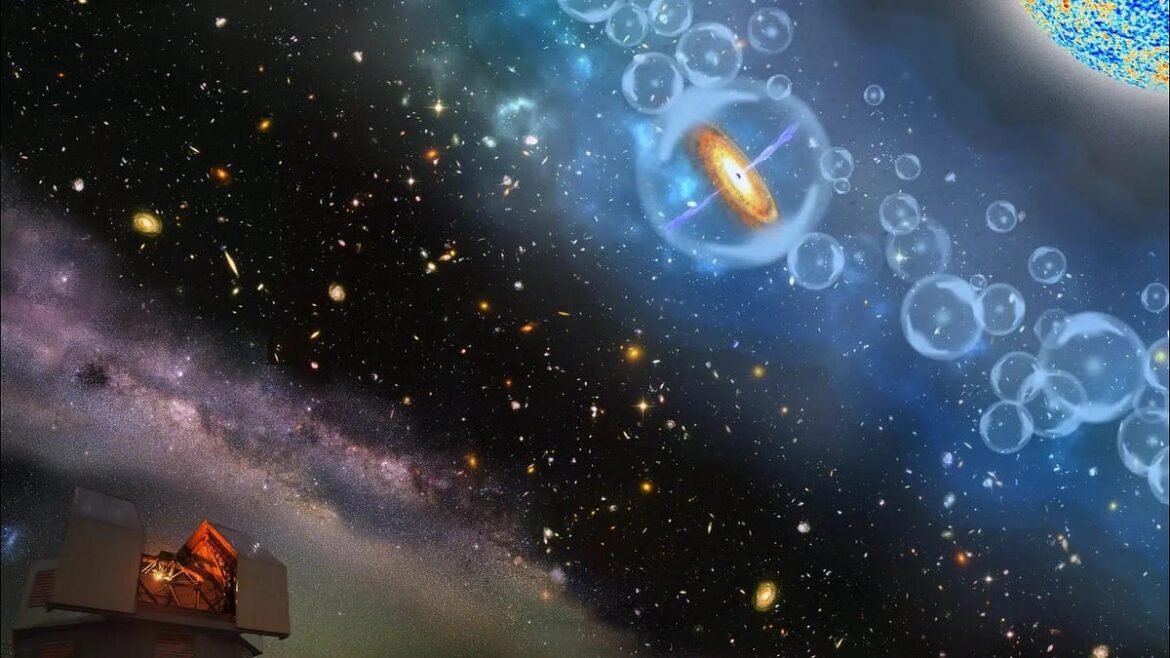As early as we’ve been able to identify them, the youngest galaxies seem to have large supermassive black holes. Here’s how they were made.
One of the biggest challenges for modern astrophysics is to describe how the Universe went from a uniform place without planets, stars, or galaxies to the rich, structured, diverse cosmos we see today. Not just with a general story, mind you, but in gory detail, going not only as far back as we can see, but even farther: to what must have existed at an epoch where even our most distant observations are insufficient to take us there. Going back to the limits of what’s observable, to when the Universe was just a few hundred million years old, we find a slew of fascinating objects.
- Stars and star clusters exist in abundance.
- Galaxies with perhaps up to a billion stars light up the Universe.
- Even quasars with very large black holes formed early on: well before the Universe was even one billion years old.
It’s the old chicken-and-egg problem made new: if there’s a maximum rate at which black holes can grow, and the Universe wasn’t born with them, how did we make the ones that we see? In other words, how did the Universe make such ultra-massive black holes in such short periods of time? After decades of conflicting stories, scientists finally think we know what happened.
Just 50-to-100 million years after the Big Bang, the very first stars of all began to form. Massive gas clouds started to collapse, but because they were made up of hydrogen and helium alone, they struggle to radiate heat away and dissipate their energy. As a result, these clumps that gravitationally form and grow need to get much more massive than clumps that form stars today, and that has repercussions for what kinds of stars form, as well as what kinds of astrophysical processes occur alongside their formation.
While today, typically, we form stars that are about 40% the mass of the Sun, the very first stars were about 25…

